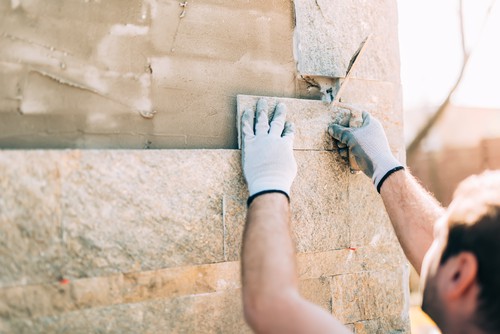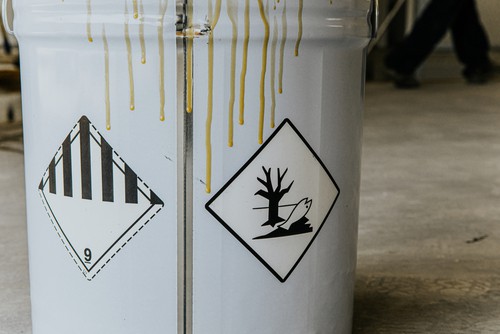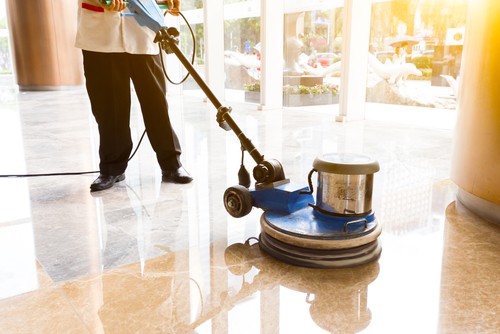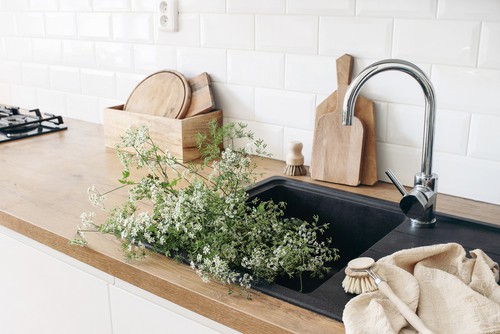
How Can I Design My Bedroom?
December 8, 2020
Tips On Choosing Home Lighting
February 3, 2021Travertine vs Limestone Tile

Travertine Tile vs Limestone Tile – There is nothing that is exciting like choosing a material for your house which you think will last for many years, is aesthetic, and affordable.
However, since there are so many materials you may wonder which one is the best that you can choose. Two of the most popular materials that many homeowners in Singapore prefer are limestone tiles and travertine tiles.
Despite choosing them as the best materials for their homes they usually confuse them as being the same. Although they are similar, there are so many differences between them.
Thus, you must understand how each of the materials can withstand regular use, water, and high traffic before you decide which one you can use for your home. Below are some of the differences that you must know between these two stones.
Travertine tile vs limestone tile
1) Meaning

Travertine is kind of limestone which is mainly made of calcite, a softer material compared to limestone. It is usually formed due to build-up of mineral deposits on the bottom of the riverbed and lakes.
On the other hand, limestone is a natural stone which has hardened after many years of being exposed to extreme heat and pressure. Limestones are made of calcite from debris, coral reefs and shells.
It has a very high density which makes it to be more durable compared to travertine.
2) Colours

Travertine tiles have warm to yellow tones which have incredible striations and patterns. Limestone tiles usually offer more colour variations such as cream, tan and beige.
3) Durability

Since travertine is formed by less pressure compared to limestone, it’s naturally brittle. Therefore, it tends to crack and chip, especially if you expose it to extremely high cold or hot temperatures. It cannot last long if you install it in high traffic areas.
This is one of the reasons why it’s mostly used on walls, countertops, and backsplash.
On the other hand, limestone can withstand wear and tear therefore suitable for use in high traffic areas. Even if your install the limestone tile both outdoors and indoors its likelihood of breaking, chipping or cracking is very minimal. This means that you can use it at any place in your home.
However, it is good to protect both kinds of tiles especially if you have installed them in high traffic areas. You can do this by adding a carpet or rug on top of tiles so that you can increase their lifespan.
4) Cost

Travertine is cheaper compared to limestone. However, it needs a lot of maintenance and lasts for a short period. Limestone tiles usually cost more compared to travertines, however, if you maintain them properly they can last for a longer period
5) Resin fillers

Travertine is naturally porous and has very large gaps. You must add resin fillers to your tiles to offer a smooth finish and fill the gaps. If you expose your tiles to extreme heat, then the resin can separate from the stones.
If you use underground heat sources, they can make resin to break down.
6) Maintenance

Travertine tiles need a sealant layer to prevent them from surface damage and staining. On overage, you are required to reseal your travertine floors at least after every 3 or 4 months. However, during this period, you can regularly sweep, mop, and vacuum your floor.
If your tiles do not have a resin filler or concrete, then it becomes easier for dirt to accumulate.
Limestone flooring should also be sealed. However, in this case, since the surface is smooth and does not have pockmarks, it becomes easier for you to clean the surface. If you wish to maintain the beauty of your floor, then you can sweep, mop, and vacuum it to remove all dirt.
You may need to reseal your tiles but not as frequently as the travertine ones. Although limestone is also porous it does not have very large grout lines like those of travertine, therefore, it is not necessary to use resin fillers.
This makes it to be the best for use in underground heating elements.
Conclusion

By reading the above guide, you will no longer have any challenges in differentiating travertine tiles from limestone tiles. You will also find it easier in deciding on the kind of tiles which you think suits your home.



